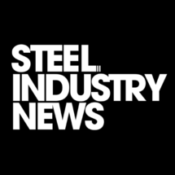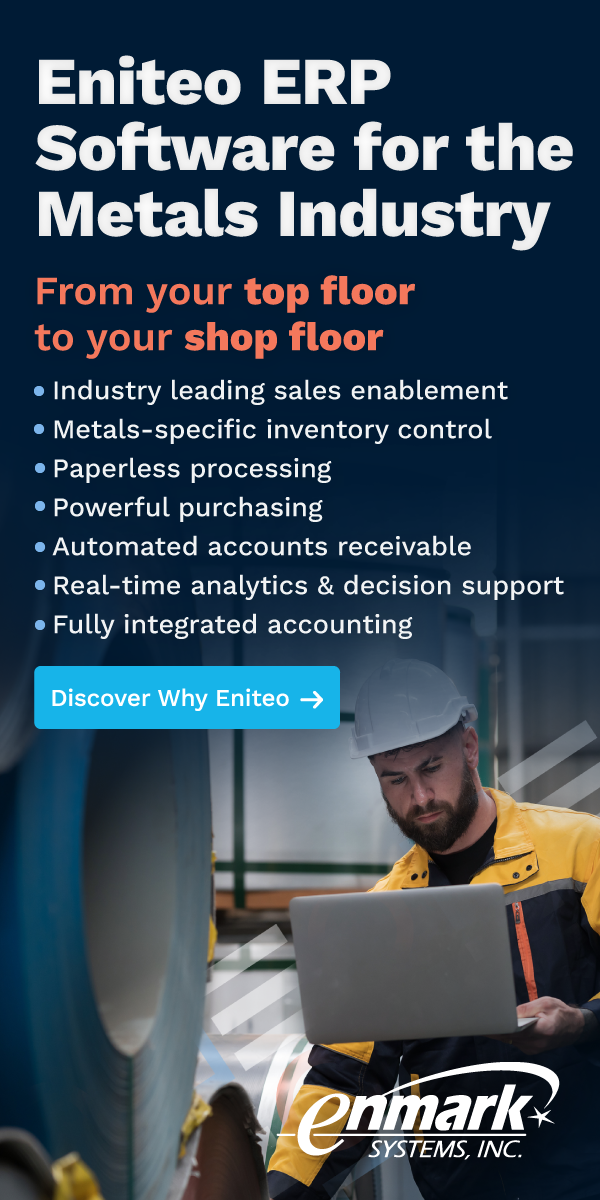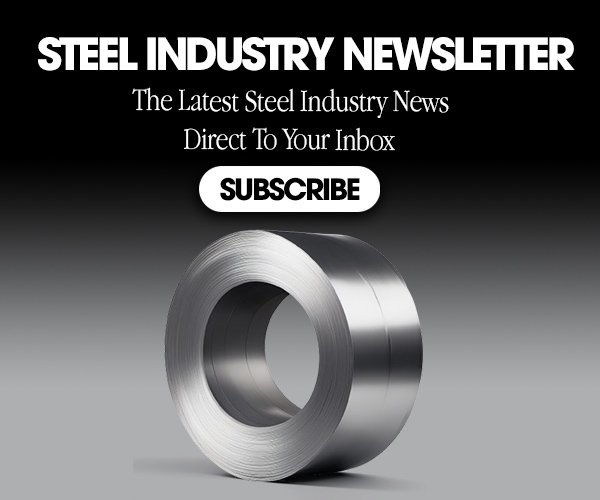Key Takeaways
- ✅ Nucor’s steel prices have remained steady for four consecutive weeks, providing buyers with improved predictability for budgeting and procurement planning.
- ✅ The company’s regional mill network and EAF technology enable flexible, cost-responsive pricing that adapts quickly to market conditions.
- ✅ Understanding Nucor’s pricing drivers and negotiation levers is essential for buyers to secure favorable long-term contracts amid evolving market and sustainability demands.
Introduction: Nucor’s Market Leadership and Pricing Influence
Historical steel price trends from 2004 to 2025 show significant price fluctuations, including peaks around 2008 and between 2020-2022
Nucor Corporation stands at the forefront of the American steel industry, shaping expectations for buyers, competitors, and policymakers alike. As the nation’s largest steel producer, Nucor’s pricing actions serve as a vital benchmark for broader steel market trends, setting the tone for contract negotiations, project planning, and supply chain strategies.
Their approach to pricing has become a case study in balancing flexibility, market responsiveness, and efficiency. Understanding Nucor’s pricing strategies is thus indispensable for anyone engaging with steel procurement, investment, or sector analysis.
Amid the volatility that has characterized steel markets since 2020, Nucor’s prominence has only grown. The company’s leadership is rooted in both scale and innovation- leveraging advanced technologies and a nationwide mill network to reach buyers across diverse sectors. In this article we examine most significant drivers and impacts of Nucor’s pricing methodology.
Nucor Steel Products and Pricing Overview (2025)
| Product Category | Typical Price Range ($/ton) | Primary Applications | Nucor Production Capacity |
|---|---|---|---|
| Hot Rolled Steel (HRC) | $650-$850 | Automotive, appliances, construction | High |
| Cold Rolled Steel (CRC) | $750-$950 | Automotive panels, appliances | High |
| Galvanized Steel | $800-$1,050 | Construction, automotive | Medium |
| Steel Plate | $850-$1,100 | Heavy construction, shipbuilding | Medium |
| Rebar | $750-$900 | Concrete reinforcement | High |
| Structural Beams | $900-$1,200 | Building construction | Medium |
| Wire Rod | $700-$900 | Fasteners, springs, cables | Medium |
| Steel Joists | $1,000-$1,300 | Building frameworks | High |
Nucor’s product portfolio exemplifies its ability to cater to diverse industries, from automotive manufacturers requiring tightly specified cold rolled steel to construction firms depending on reliable rebar and plate supply. The company’s capacity in these categories remains robust, ensuring it can meet both large-scale contracts and smaller, custom orders. The price ranges reflect a balance between competitive market positioning and coverage of input cost fluctuations-especially scrap metal and energy prices.
With strong production capacity notably in hot rolled, cold rolled, and rebar products, Nucor demonstrates its strategic focus on high-demand segments. This allows customers to rely on the company for steady supply, while regional logistics advantages enable timely deliveries. Pricing flexibility within these ranges empowers buyers to plan for various market scenarios.
For procurement professionals, awareness of these product-specific price bands provides a solid starting point for negotiation and budgeting. As markets evolve, the company’s transparent pricing updates help clients anticipate changes before spot fluctuations occur, which is especially critical in sectors with long project lead times.
Historical Steel Price Trends and Market Events
| Time Period | HRC Price Range ($/ton) | Key Market Events | Nucor Price Leadership |
|---|---|---|---|
| Pre-2020 | $500-$700 | Stable demand | Follower |
| 2020 Q2-Q3 | $450-$550 | COVID-19 impact | Market responsive |
| 2021 | $1,000-$1,900 | Post-pandemic surge | Price leader |
| 2022 | $800-$1,400 | Supply chain issues | Price leader |
| 2023 | $700-$900 | Market normalization | Market responsive |
| 2024 Q1-Q2 | $650-$800 | Infrastructure spending | Price leader |
| 2024 Q3-Q4 | $600-$750 | Trade policy changes | Price leader |
| 2025 Q1-Q3 | $650-$850 | Steady recovery | Price leader |
Nucor’s evolution captured in this table tells a story of adaptive pricing leadership amid an extremely volatile period. Early in the pandemic, the company was reactive, adjusting prices according to steep falls in demand and supply disruptions. However, in 2021-2022, Nucor asserted real influence over prices, driving substantial hikes aligned with increased raw material costs and positive demand outlooks.
Since late 2024 and into 2025, a notable shift occurred-the market has entered a phase of price steadiness, with Nucor maintaining stable prices for four consecutive weeks. This level of consistency signals maturity in the recovery process and gives customers a valuable window to plan projects and budgets with more certainty. Such steadiness contrasts sharply with previous years’ rapid fluctuations, reducing risk and improving procurement strategy effectiveness.
For customers and supply chain managers, this stable pricing phase is a welcome respite. It enables better cash flow management, confidence in committed contract amounts, and more predictable supplier relationships. It also reduces the propensity for reactive spot purchases driven by fear of imminent price surges, supporting more strategic, cost-efficient procurement.
Key Factors Affecting Nucor Steel Pricing
| Factor Category | Specific Factor | Impact on Pricing | Volatility Level |
|---|---|---|---|
| Raw Materials | Scrap Steel Prices | High | High |
| Raw Materials | Iron Ore Costs | Medium | Medium |
| Raw Materials | Alloy Additions | Low-Medium | Low |
| Energy | Electricity Costs | High | Medium |
| Transportation | Freight/Logistics | Medium | Medium |
| Market Demand | Construction Activity | High | High |
| Trade Policy | Section 232 Tariffs | Medium-High | High |
| Labor | Wage Increases | Medium | Low |
| Technology | EAF Efficiency | Cost Reduction | Medium |
Pricing at Nucor is shaped by a sophisticated interplay of internal and external drivers. Scrap steel pricing remains the single largest cost determinant and can shift rapidly due to supply-demand imbalances in the recycling market. Electricity costs for arc furnace operation follow, impacted by fuel prices and regional utility policies.
Regulatory elements such as Section 232 tariffs have a dampening effect on price volatility by shielding domestic mills from global undercutting. However, heightened construction activity can quickly amplify demand-based pricing, especially for rebar and plate products.
Current market steadiness, with stable prices over four weeks, suggests that most of these factors are currently balanced-stable scrap supplies, moderate energy prices, and steady demand-offering predictability in short to medium term price behavior.
Nucor Regional Mill Network and Pricing Considerations
| Region | Key Mills | Primary Products | Transportation Advantage | Typical Freight Premium ($/ton) |
|---|---|---|---|---|
| Southeast | South Carolina, Alabama, Florida | Sheet, Plate, Rebar | Port access, rail | $20-40 |
| Midwest | Indiana, Illinois, Ohio | Sheet, Beams, Wire | Rail networks | $15-35 |
| Southwest | Texas, Arizona | Sheet, Rebar, Plate | Rail, trucking | $25-45 |
| West Coast | California | Rebar, Sheet | Port access | $40-70 |
| Northeast | New York, Pennsylvania | Sheet, Beams | Rail, port access | $30-50 |
| Gulf Coast | Louisiana, Texas Gulf | Sheet, DRI | Port, barge, rail | $10-30 |
Regional mill coverage grants Nucor the ability to cater pricing precisely to local market conditions. Freight premiums-sometimes as high as $70 per ton on the West Coast-reflect shipping complexities and heavily influence delivered prices. In contrast, Gulf Coast buyers often benefit from the lowest premiums due to proximity to ports and lower transportation costs.
The spread of mills enables pricing that reacts faster and more accurately to shifts at a regional level rather than a one-size-fits-all national blanket. For buyers, this means opportunities to optimize cost by adjusting delivery locations or consolidating volumes at particular hubs.
The recent steady pricing period observed across four weeks has been supported by balanced logistics and uninterrupted supply chains, highlighting the value of regional mill networks in maintaining price stability and supply confidence.
Conclusion: Steadiness and Strategic Planning with Nucor Pricing
Nucor’s leadership in steel pricing is characterized not just by its ability to respond swiftly to market changes but also by its recent achievement of price steadiness over four consecutive weeks-a boon to buyers aiming for certainty in a historically volatile market. This stability helps customers plan projects, streamline budgets, and negotiate from a position of increased confidence.
While global economic and raw material factors will continue to influence prices, Nucor’s technological agility and regional responsiveness position it to maintain balanced, reliable pricing moving forward. Buyers who understand the key pricing drivers and leverage negotiation opportunities aligned with this steady pricing period will find themselves well-positioned for successful procurement.
As the steel industry evolves with greater sustainability demands and infrastructure growth, Nucor’s steady pricing and market leadership remain critical pillars supporting both supplier reliability and customer success. There are still significant factors that concern buyers of raw material. They include the status of trade / tariff litigations, actions of the federal reserve regarding rates on inflation and employment and the overall psychological impact of uncertainty. It is likely that these issues will necessitate a conservative approach to procurement until there is definitive clarity.
*Note: This article provides non-biased information purposes only and does not constitute financial, legal, or investment advice. Readers are encouraged to consult with qualified professionals before making any business, financial, or legal decisions.
SOURCES
American Iron and Steel Institute. The Voice of the American Steel Industry. https://www.steel.org/
World Steel Association. Global Steel Industry Data and Analysis. https://www.worldsteel.org/
U.S. Dept. of Commerce, International Trade Administration. Global Steel Trade. https://www.trade.gov/steel
Nucor Corporation. Building Powerful Partnerships. https://www.nucor.com/
U.S. Bureau of Labor Statistics. Producer Price Index Data. https://www.bls.gov/
Check out our most recent articles below:
- Nucor’s Six-Week Price Surge: What It Signals for the Steel Market
- Nucor Increases Steel Prices Again
- Steel Industry and Manufacturing Demand: Understanding the Critical Decline in HVAC and Agricultural Equipment Sectors in 2025
- Steel Prices in November 2025: Market Dynamics, Price Drivers, and Industry Outlook
- The Dodge Momentum Index October 2025: Understanding Commercial Planning Momentum and Its Impact on Construction Spending
📬 Enjoying this article? Do not miss the next one.
SUBSCRIBE below to the Steel Industry News email newsletter to get the latest updates delivered straight to your inbox. Includes a comprehensive reporting of all key topics impacting the steel industry. 🌍The Most Recent Steel News Reports — in one easy-to-read weekly format
🔐 Annual Plan: Just $300/year – that’s 6 months free . –









